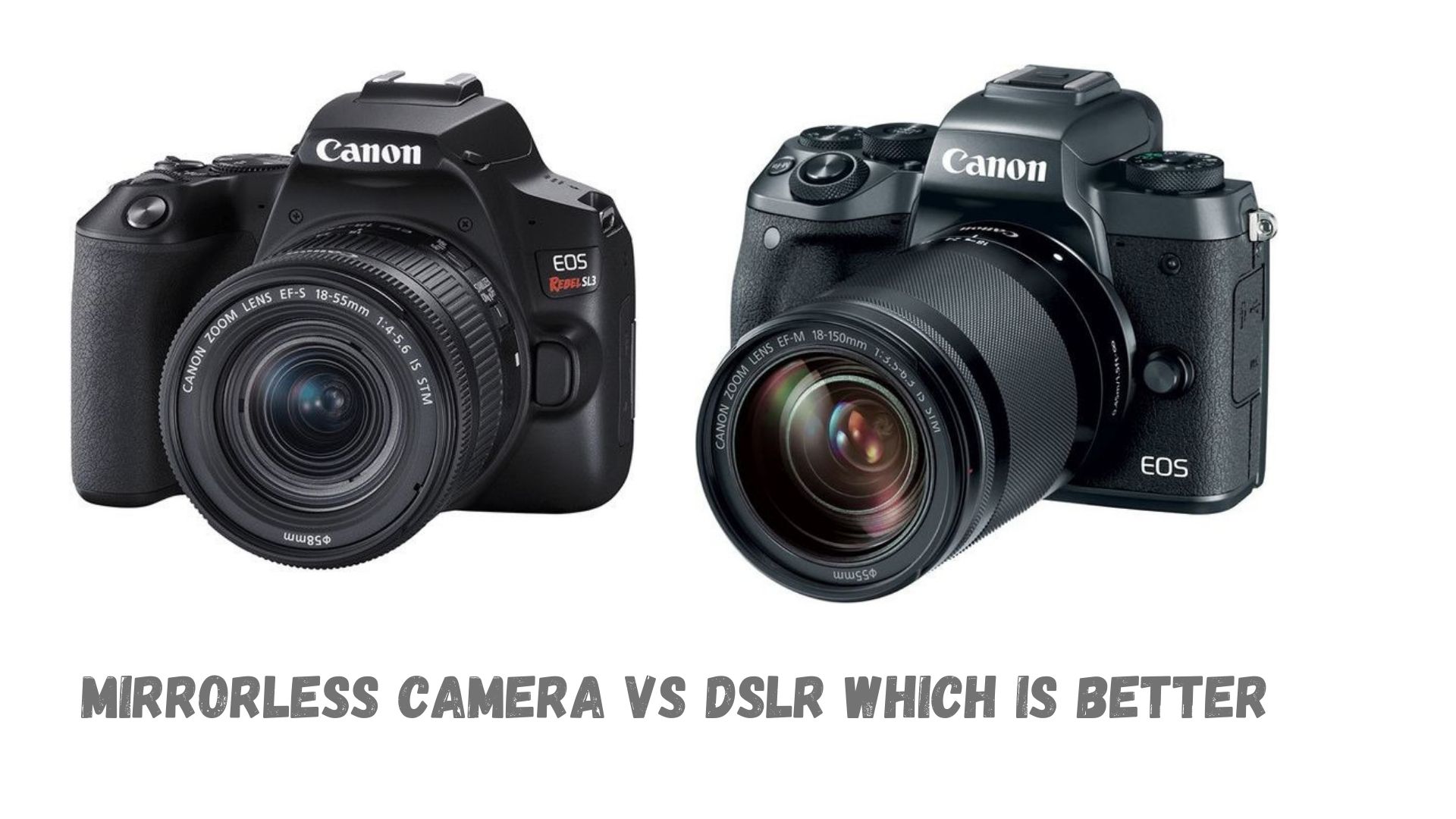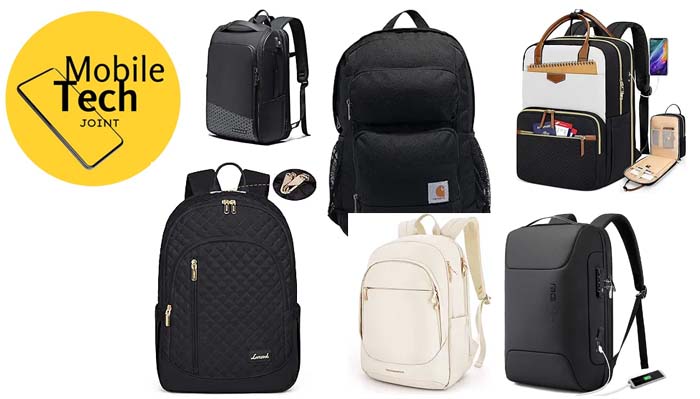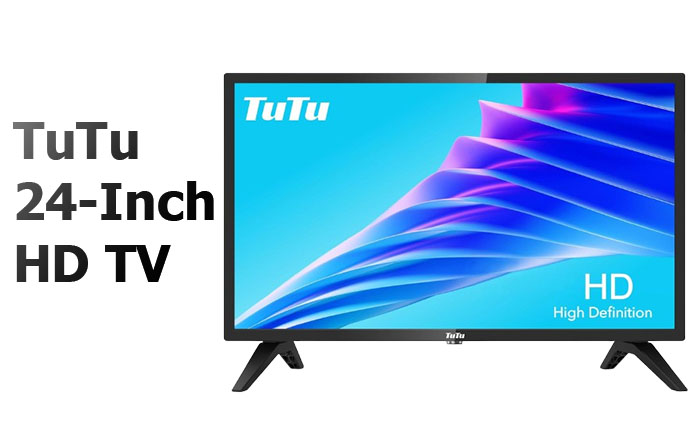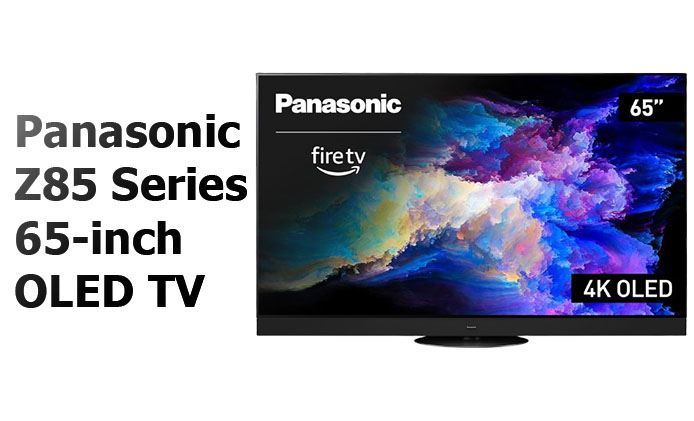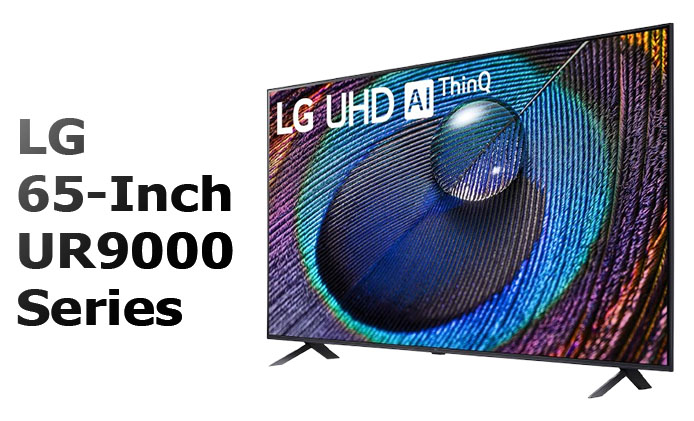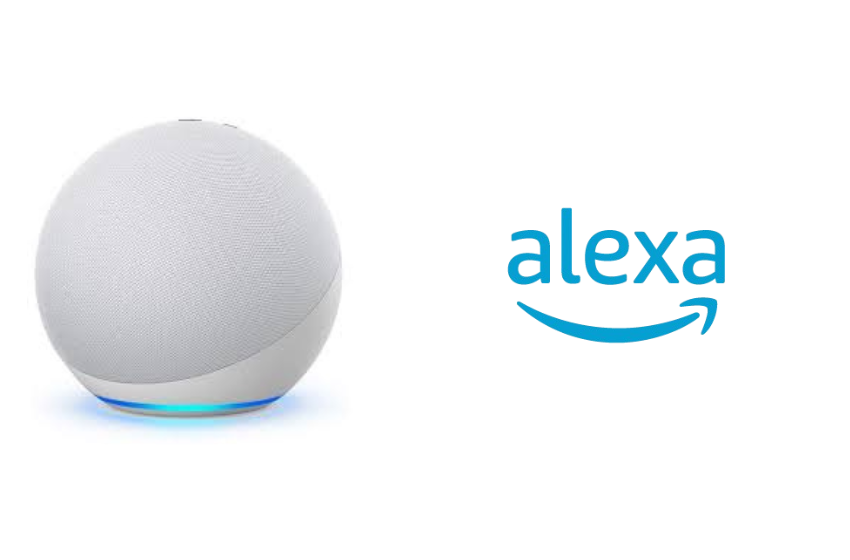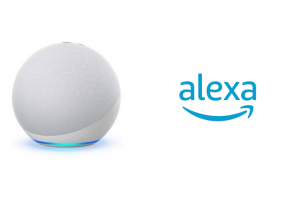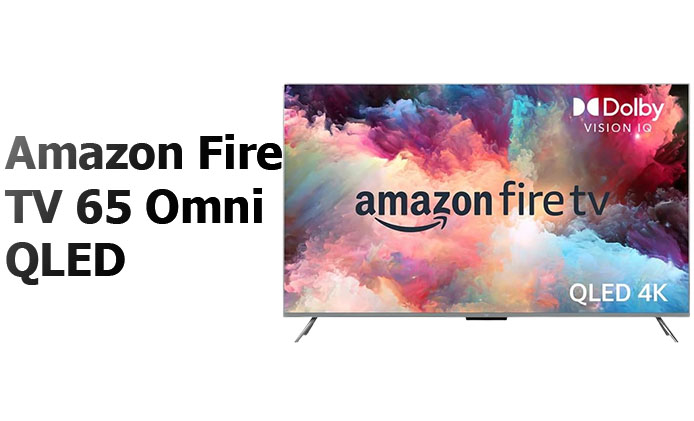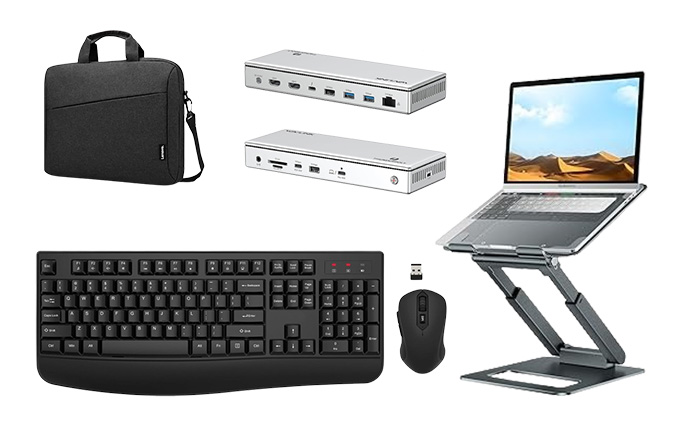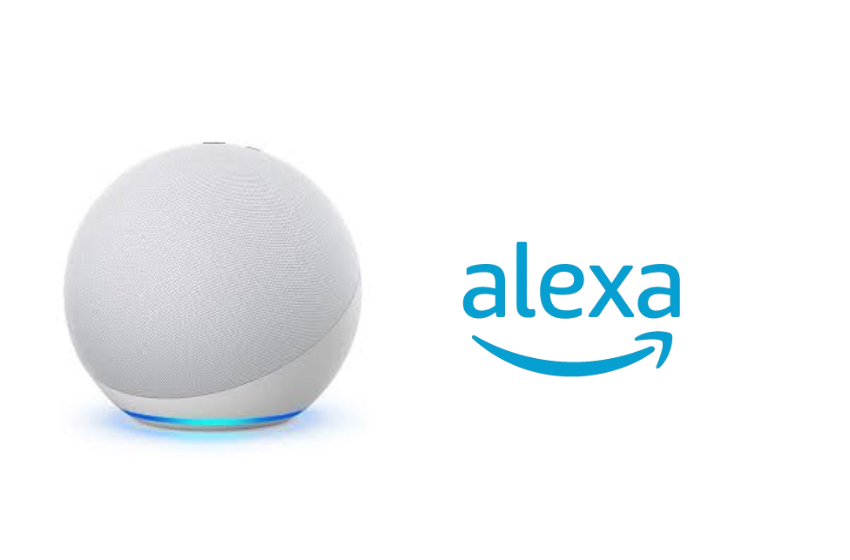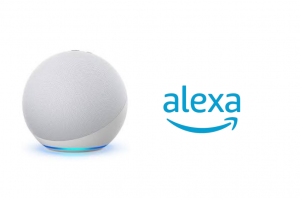When choosing between a mirrorless camera vs DSLR (Digital Single-Lens Reflex), many photographers are curious about which one is better. While both camera types offer great features, mirrorless cameras have recently pulled ahead in several areas, particularly when it comes to modern technology and ease of use.
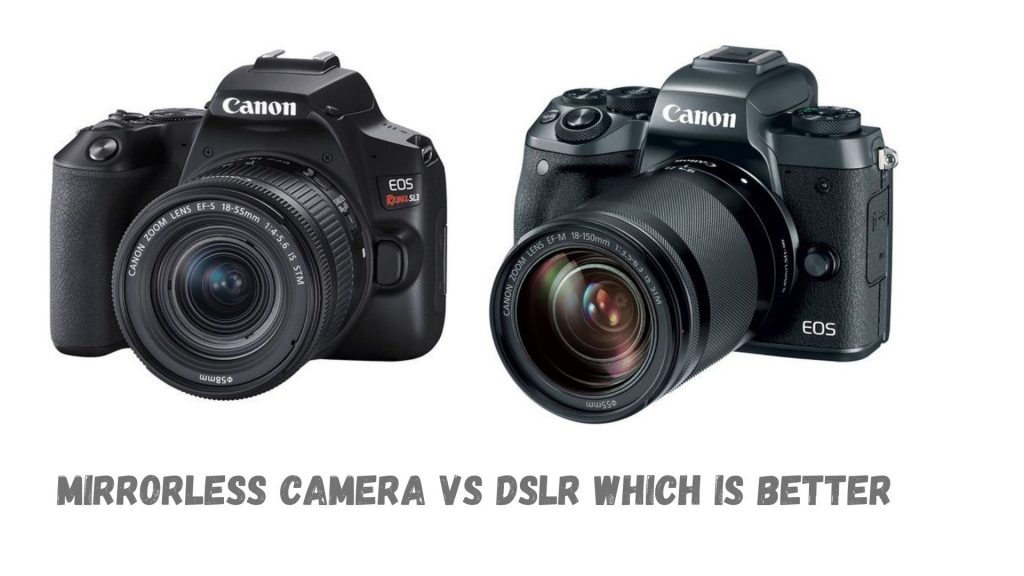
Let’s dive straight into the details of why mirrorless cameras are generally considered the better option today, while also looking at specific scenarios where DSLRs might still have the edge.
Mirrorless Camera vs DSLR Which is Better
Typically, mirrorless cameras have a clear advantage over DSLRs, mainly due to their more modern technology. On-chip phase-detection autofocus (AF) is a significant reason for this. Mirrorless cameras have sensors capable of phase detection without the need for a mirror mechanism. This results in faster and more accurate autofocus, especially during video recording.
On the other hand, most DSLRs can’t use phase detection with the mirror up while recording video, forcing them to rely on contrast-detection autofocus, which is typically slower and less accurate. This makes mirrorless cameras the superior choice for videographers or photographers who need fast, reliable AF in both stills and videos.
Autofocus and Shooting Speed: Mirrorless Dominates
Mirrorless cameras have significantly improved autofocus systems, using both phase detection and contrast detection directly on the image sensor. This makes their autofocus faster and more reliable, especially in low-light conditions or when tracking moving subjects.
Additionally, since mirrorless cameras do not have the mechanical mirror mechanism that DSLRs use, they can offer much faster continuous shooting speeds. With no mirror to flip, mirrorless cameras can shoot silent bursts at incredibly high frame rates, ideal for wildlife or sports photography.
In contrast, DSLRs have to physically move their mirror between shots, which limits their burst speed and adds mechanical wear to the camera.
Portability: Mirrorless Cameras Are More Compact
Mirrorless cameras are significantly more compact and lightweight than DSLRs. This is due to their simpler internal design (no mirror or optical viewfinder). For travel photographers or anyone needing a camera that’s easy to carry around, this portability is a big advantage.
DSLRs, in comparison, are often bulky and heavy, making them more cumbersome to carry for long periods. While DSLRs may feel more substantial in the hand, many photographers prefer the convenience of a mirrorless system when on the go.
Video Performance: Mirrorless Takes the Lead
When it comes to video recording, mirrorless cameras leave DSLRs behind. The ability to maintain fast, accurate autofocus during video recording, coupled with the fact that many mirrorless systems offer 4K or even 8K video, makes them the obvious choice for videographers.
In contrast, DSLRs often struggle with video autofocus because they revert to slower contrast detection while recording. Additionally, mirrorless cameras often have better video features and controls, such as built-in image stabilization and focus peaking, making them superior for shooting video.
Battery Life: DSLRs Still Have the Upper Hand
One area where DSLRs still have a clear advantage is battery life. Because DSLRs use an optical viewfinder (which doesn’t require power), they consume less battery compared to mirrorless cameras, which rely heavily on electronic viewfinders (EVF) or LCD screens.
If you’re a photographer who spends long days in the field and needs a camera that can last without frequent charging, a DSLR might be more suitable. However, many mirrorless cameras now offer battery grips or USB charging options, allowing for extended shooting times.
Lens Selection: DSLRs Still Lead, But Mirrorless Is Catching Up
DSLR systems have been around for a long time, meaning they have access to a huge selection of lenses from both camera manufacturers and third-party brands. This includes a wide range of specialized lenses for all types of photography, from macro to super-telephoto.
Mirrorless cameras, being newer, have a more limited lens selection, but this is quickly changing. Many mirrorless camera manufacturers are now producing a growing lineup of native lenses, and most mirrorless systems can also use adapters to mount DSLR lenses.
Durability: DSLRs Are Known for Rugged Builds
In terms of durability, DSLRs have a reputation for being more rugged and durable than their mirrorless counterparts. Their larger bodies are often better sealed against dust and moisture, making them a good choice for photographers who shoot in challenging environments.
That being said, mirrorless cameras are catching up in terms of build quality, with many high-end models offering similar levels of weather sealing and durability. However, if you need a camera that can take a beating, DSLRs still have a slight edge in this department.
Which Is Better for Beginners?
For beginners, mirrorless cameras are generally easier to use. They often come with more user-friendly interfaces and allow you to see the effects of your settings in real time through the EVF or LCD screen. This immediate feedback can help beginners learn photography faster.
DSLRs, while more traditional, may have a steeper learning curve due to their reliance on optical viewfinders and the need for more manual adjustments.
Price Considerations
In the past, DSLRs were the more affordable option for entry-level photographers, but this has changed in recent years. Mirrorless cameras are now available in a wide range of price points, and many entry-level mirrorless models are priced competitively with DSLRs.
That said, if you’re looking to invest in high-end gear, both mirrorless and DSLR systems offer professional-grade models with hefty price tags. The cost difference between the two systems at the high-end level is becoming negligible, so your decision will likely come down to features rather than price.
Conclusion
In today’s market, mirrorless cameras are often the better choice for most photographers, especially if you’re looking for advanced autofocus, better video performance, and a compact, portable design. Mirrorless cameras are also more future-proof as they incorporate cutting-edge technology and features that many DSLRs simply cannot match.
However, DSLRs still have a few advantages, particularly when it comes to battery life, lens selection, and durability. They remain a good option for photographers who value optical viewfinders and need a camera that can withstand tough conditions.
Ultimately, the best camera for you will depend on your specific needs and preferences, but as of 2024, mirrorless cameras have taken the lead in many aspects of photography and videography.
CHECK THESE OUT:
